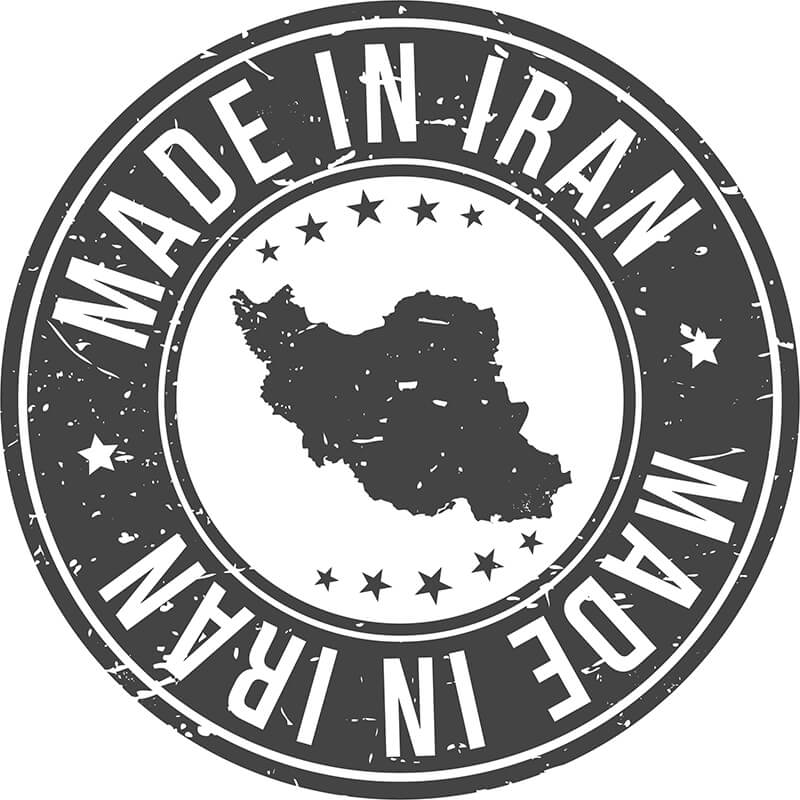Semi-Antique Naeyn, circa 1955 8' 7" x 5' 5"
Overview
avec de la laine pure et de la soie. La soie de ce tapis met en lumire des formes de pivoines, des oiseaux et de nombreux autres motifs. Plusieurs aspects nous informent que le tapis a ŽtŽ conservŽ dans dÕexcellentes conditions, mais il est ˆ noter que ce dernier a conservŽ ses franges et glands dÕorigine. La trame de ce tapis est trs solide, et elle est porteuse dÕallŽgories. Le symbolisme prŽsentŽ sur les tapis persans ou de style similaire est transmis de gŽnŽration en gŽnŽration. Selon certain, il semblerait quÕils protgent du mauvaise Ïil.
A Brief History of Naeyn Rugs
 Naeyn (also Romanized as Nā’īn or Nain) is the name of a city in Iran known for manufacturing and producing handmade carpets with a combination of blue and ivory shades. Before the first world war, this city was famous for its exquisite tailoring of rugged and traditional Iranian clothes. However, after the first wold war, the industry had collapsed due to the increasing interest of Iranians in western clothing.
Naeyn (also Romanized as Nā’īn or Nain) is the name of a city in Iran known for manufacturing and producing handmade carpets with a combination of blue and ivory shades. Before the first world war, this city was famous for its exquisite tailoring of rugged and traditional Iranian clothes. However, after the first wold war, the industry had collapsed due to the increasing interest of Iranians in western clothing.
With experience in dealing with high-quality wool, artisans began to weave carpets in Naeyn. The Persian government assisted the city. It transferred weavers from the Persian city of Isfahan and established new manufacturing warehouses. By the 1950's, Naeyn began winning glory for its remarkable carpet centers. It was in the mid 20th century that masters of Naeyn created the famous cold blue-white and blue-beige carpets.
Typically, Nainy weaving of wool (a version of wool with silk) use a base of cotton. Most silk is used for border patterns and better "drawing" arabesques. Regular Naeyns mostly come in an ivory colored background with blue and beige accents. Sometimes the blue is more deeply pronounced and sometimes it is made of a lighter blue. There are however exceptions. Sometimes, these carpets come in vibrant red and vibrant green colors. To learn more about iranian rugs, visit our Persian Rugs section.
Sources and inspiration: Bérinstain, Valérie, et al. L'art du tapis dans le monde (The art of carpets in the world). Paris: Mengès, 1996. Print.; Jerrehian Jr., Aram K.A. Oriental Rug Primer. Philadelphia: Running Press, 1980. Print.; Herbert, Janice Summers. Oriental Rugs, New York: Macmillan, 1982. Print.; Hackmack, Adolf. Chinese Carpets and Rugs, Rutland and Tokyo: Tuttle, 1980. Print. ; De Moubray, Amicia, and David Black. Carpets for the home, London: Laurence King Publishing, 1999. Print.; Jacobsen, Charles. Oriental Rugs A Complete Guide, Rutland and Tokyo: Tuttle, 1962. Print.; Bashir, S. (n.d.). Personal interview.; Web site sources and dates of consultation vary (to be confirmed). Without prejudice to official usage.
- Choosing a selection results in a full page refresh.
- Opens in a new window.



 Runner Rugs
Runner Rugs 2x3 Area Rugs
2x3 Area Rugs 3x5 Area Rugs
3x5 Area Rugs 4x6 Area Rugs
4x6 Area Rugs 5x7 Area Rugs
5x7 Area Rugs 6x9 Area Rugs
6x9 Area Rugs 8x10 Area Rugs
8x10 Area Rugs 9x12 Area Rugs
9x12 Area Rugs 10x14 Area Rugs
10x14 Area Rugs Round Rugs
Round Rugs Bath Mats
Bath Mats Doormats
Doormats 12x15 Area Rugs
12x15 Area Rugs
















